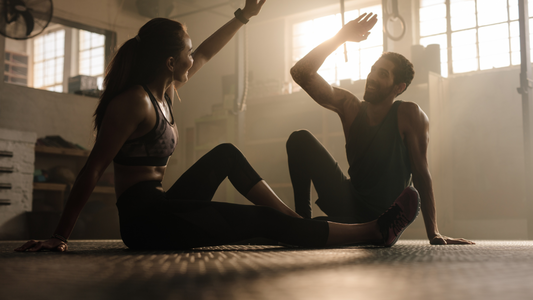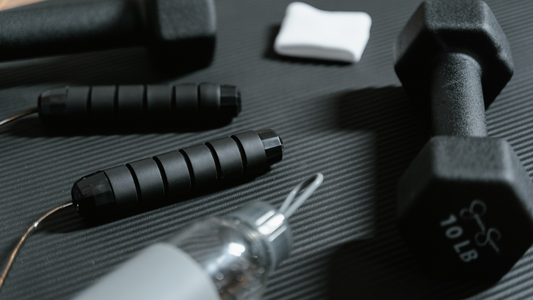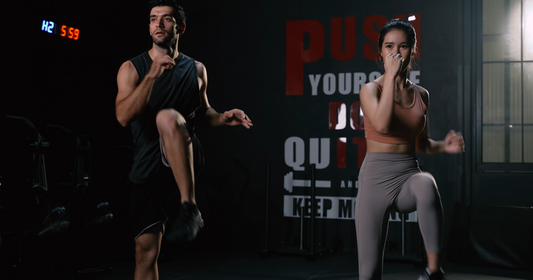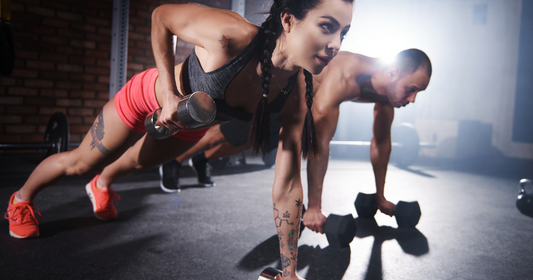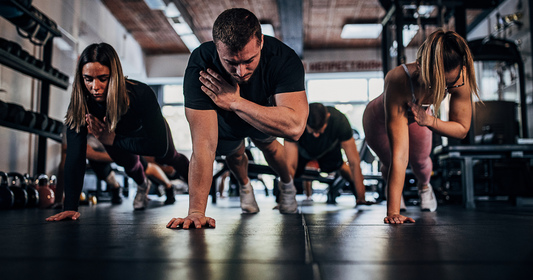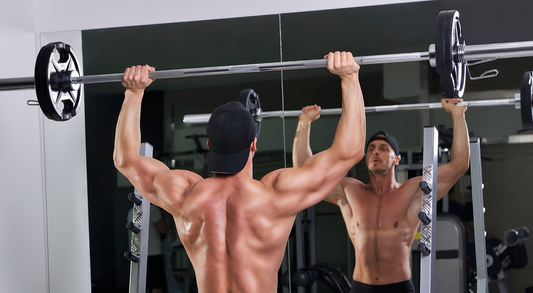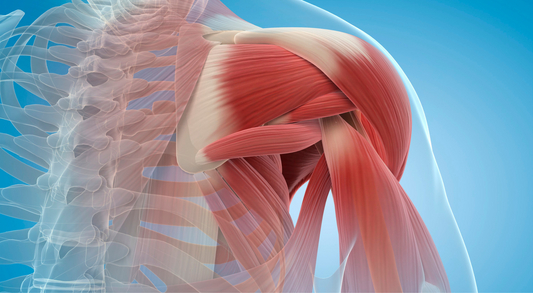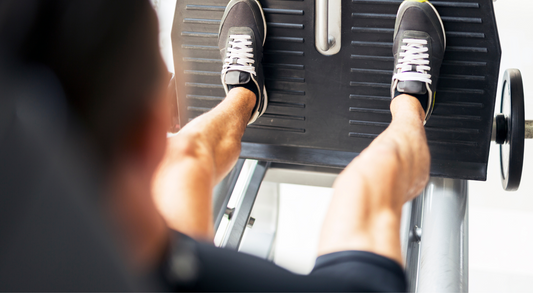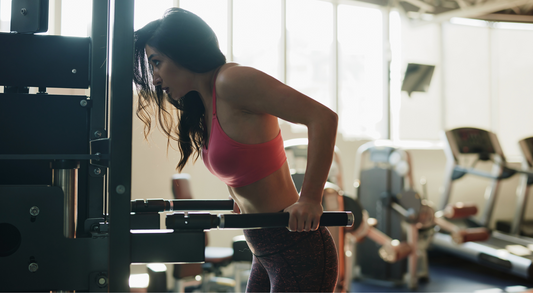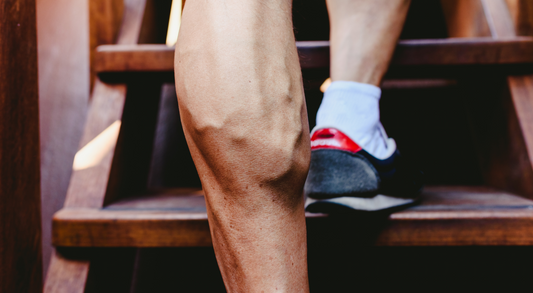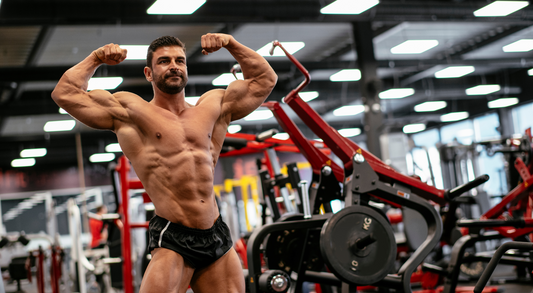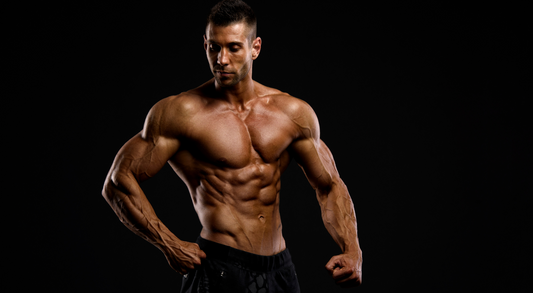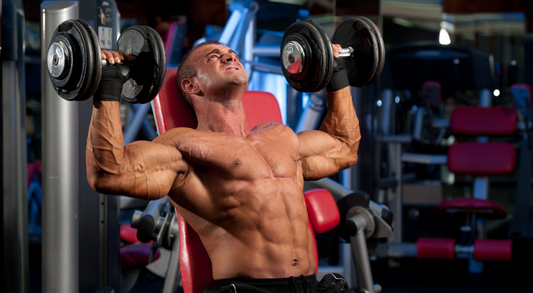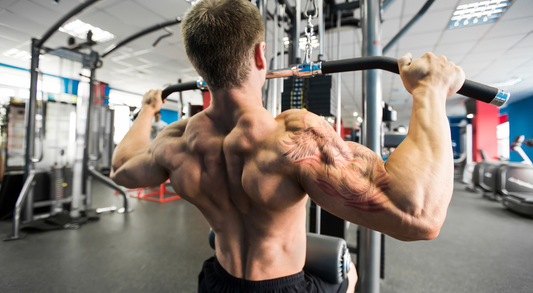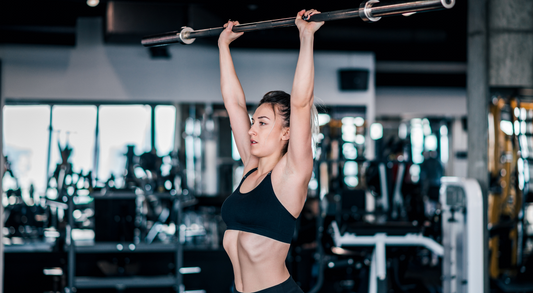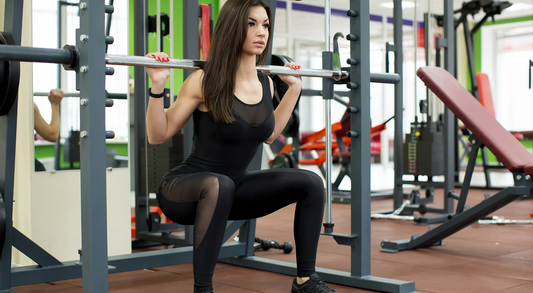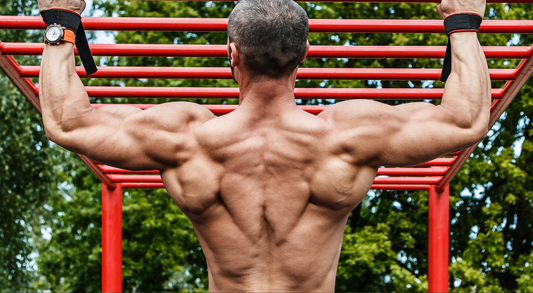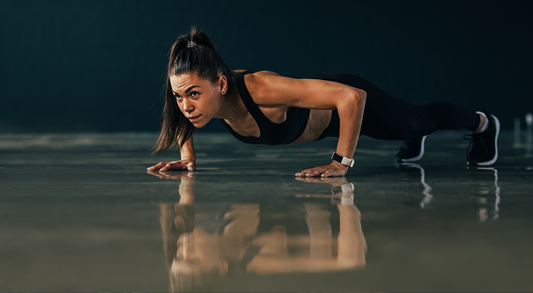The front squat, a powerhouse move in the realm of strength training, targets multiple muscle groups simultaneously, offering a plethora of benefits. Getting the front squat form right is paramount to harness its full potential and to avoid unnecessary injuries. While many fitness enthusiasts, especially those into fitness supplements, look to enhance their strength and performance, mastering the foundation – in this case, the correct form – is where the magic begins.
Understanding the Importance of the Front Squat
Before diving into the intricacies of technique, appreciating the significance of the front squat is essential. Unlike its cousin, the back squat, the front squat places the barbell in front, resting on the anterior deltoids. This forward positioning necessitates an upright torso, engaging the core to a greater extent and exerting more emphasis on the quads. Perfecting the front squat form is not just about muscle activation but also about ensuring spine and joint health.
Setting Up for the Front Squat: The Initial Steps
Positioning is everything when it comes to nailing the front squat form. Start by approaching the barbell in the squat rack at about chest height. There are two popular grip techniques: the clean grip, which involves keeping the fingers under the bar while keeping the elbows high, and the cross-arm grip, where arms are crossed over the bar. Choose the grip that feels most comfortable and secure.
With the grip established, duck under the barbell, positioning it on the front deltoids, right at the base of the neck. Ensure that the feet are shoulder-width apart, toes slightly pointed outwards. With a deep breath, lift the bar off the rack, taking a step back to establish your squatting stance.
Executing the Perfect Front Squat Form
With the barbell in position and your stance set, it's time to perform the squat. Begin by taking a deep breath in, bracing the core, and keeping the chest up. Initiate the squat by pushing the hips back and bending the knees, ensuring that the motion feels natural.
As you descend, focus on keeping the elbows high – this will help maintain an upright torso, a hallmark of the correct front squat form. The knees should track in line with the toes, never collapsing inwards. Descend until the thighs are parallel to the ground or as far as mobility allows.
Common Mistakes and How to Address Them
Even seasoned lifters can make errors when it comes to the front squat form. One common mistake is letting the elbows drop during the squat, causing the torso to lean forward and placing undue strain on the back. Regular mobility exercises can help improve flexibility, making it easier to keep the elbows up.
Another frequent error is not engaging the core sufficiently, leading to a rounded back. Bracing the core, almost like preparing for a punch in the stomach, can rectify this issue. For those using fitness supplements, ensuring adequate nutrition can support muscle function, helping maintain form during challenging exercises like the front squat.
The front squat, though demanding, can be a game-changer in strength and muscle-building routines. The key lies in mastering the form. With a consistent focus on technique and possibly the support of appropriate fitness supplements, one can safely and effectively incorporate this potent exercise into their regimen. Remember, in the world of fitness, form always precedes function.




